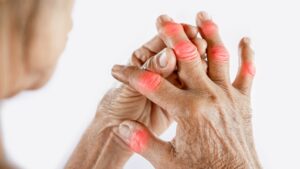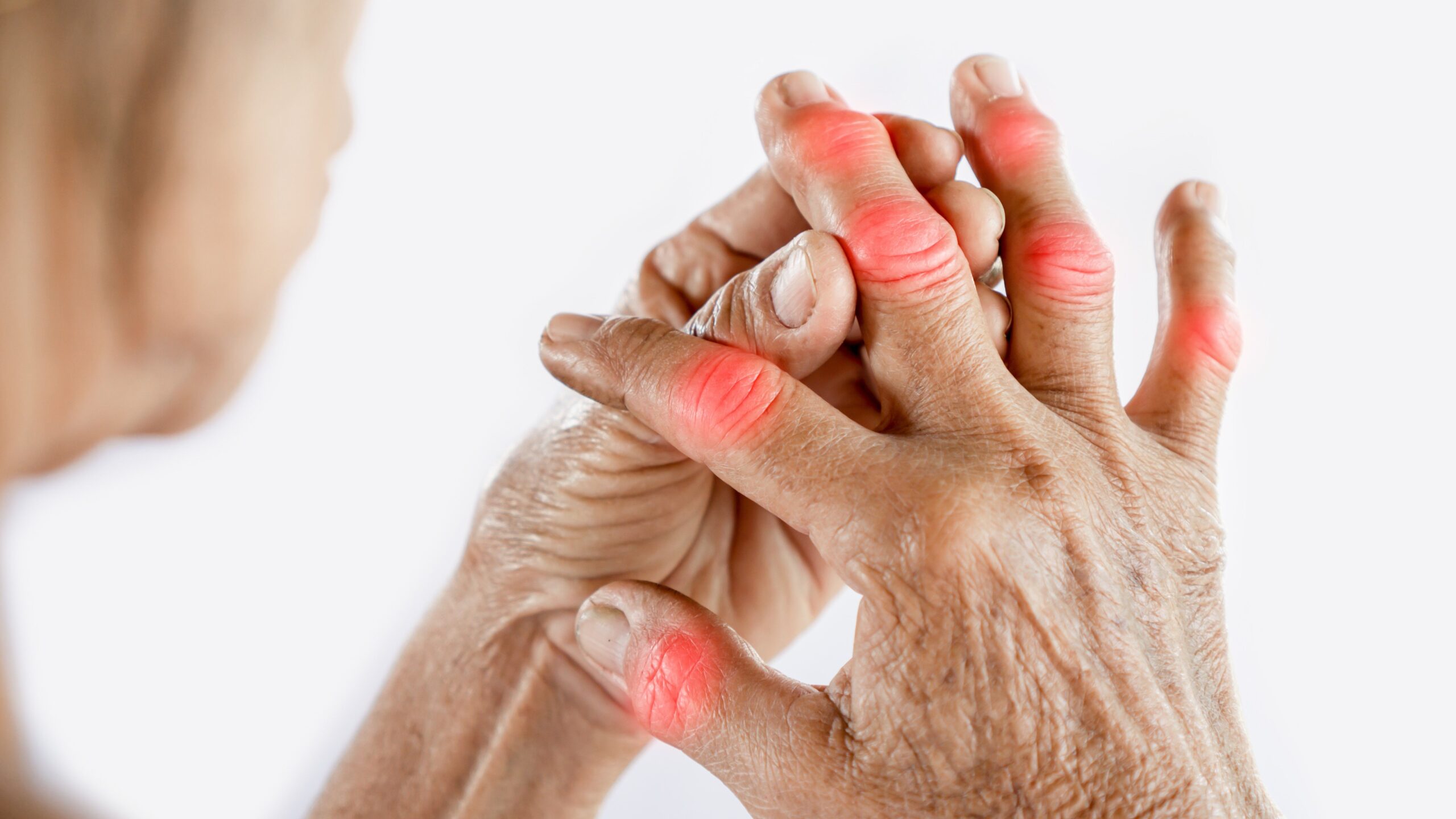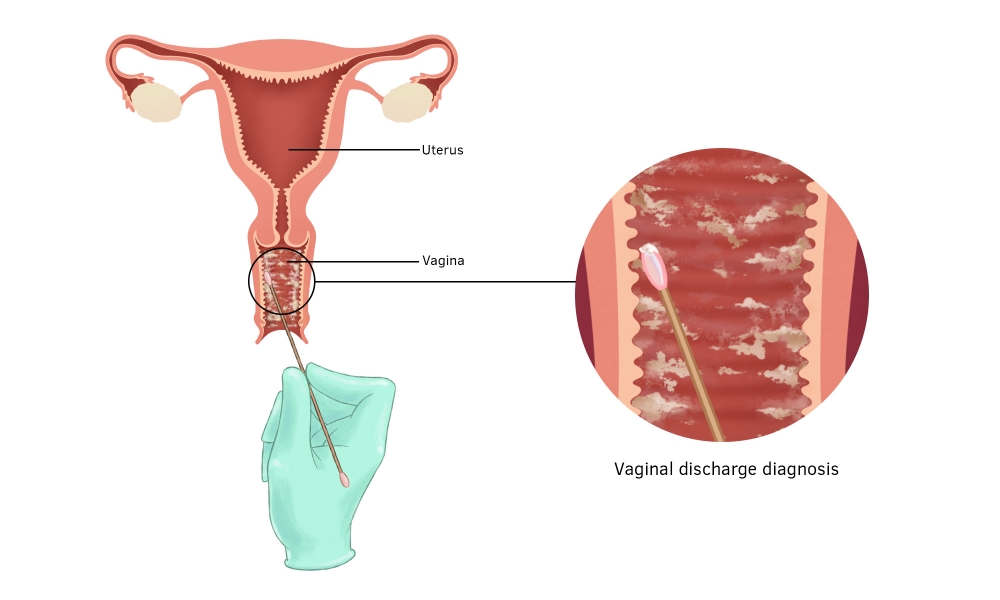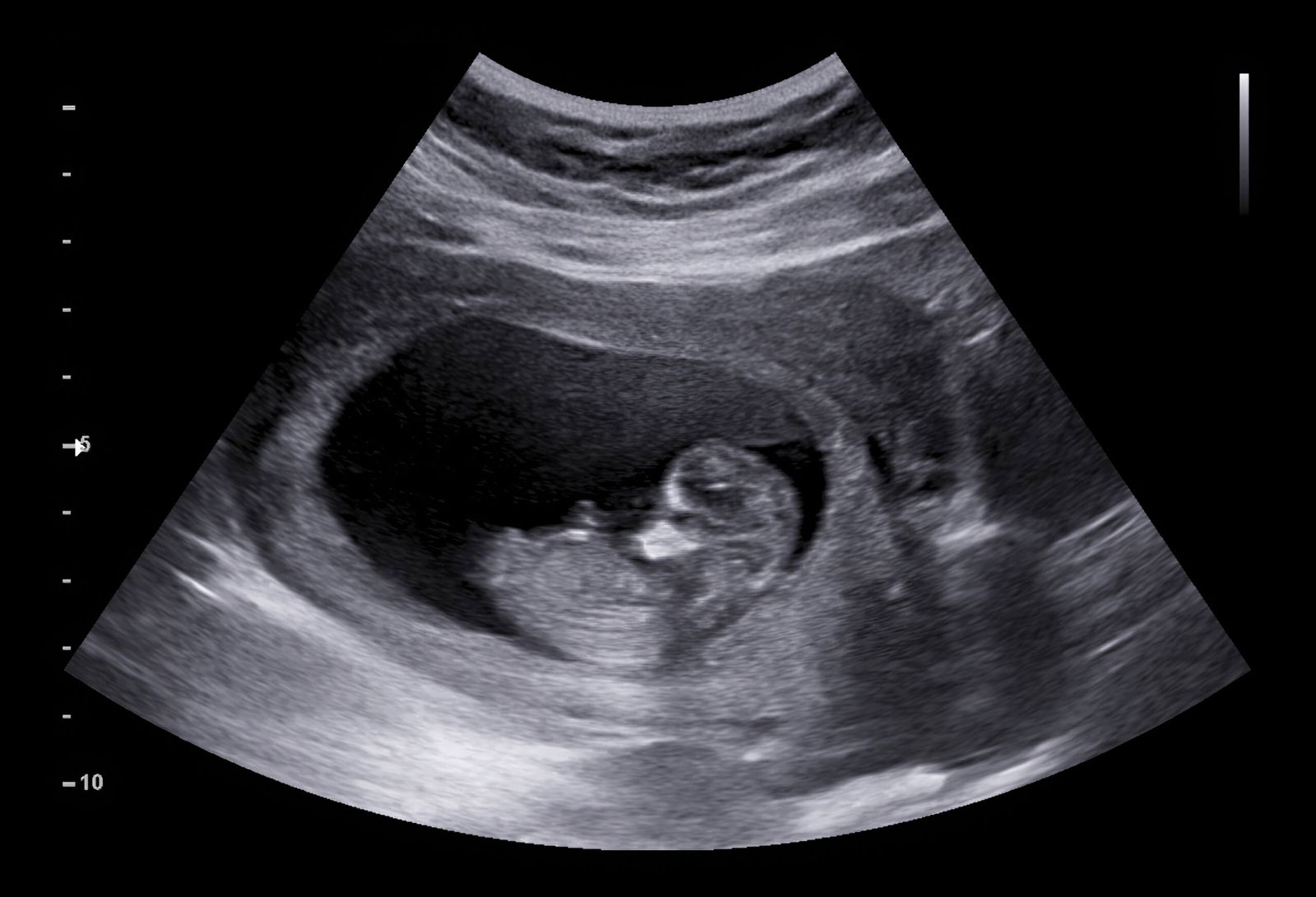Arthritis is one of the most common health conditions affecting millions of people worldwide. It is not a single disease but a group of disorders that cause joint pain, stiffness, swelling, and reduced mobility. Whether you are young or old, arthritis can impact your daily activities and overall quality of life. With the right knowledge and treatment, managing arthritis effectively is possible.
In this blog, we’ll explore the symptoms of arthritis, the different types of arthritis, and the best treatment options available today.
What is Arthritis?
Arthritis refers to inflammation of the joints, which leads to pain and discomfort. It can affect one joint or multiple joints at the same time. While it is most common in adults over the age of 50, it can also occur in younger individuals due to genetic factors, lifestyle, or injury.
Some of the most searched arthritis keywords include:
-
Joint pain treatment
-
Arthritis symptoms
-
Best treatment for arthritis
-
Rheumatoid arthritis vs osteoarthritis
-
Arthritis doctor near me
Using these terms will help patients find reliable information and doctors who can treat their condition.

Symptoms of Arthritis
The symptoms of arthritis vary depending on the type, but some common signs include:
-
Joint pain and stiffness (especially in the morning or after inactivity)
-
Swelling and tenderness around the joints
-
Reduced flexibility and range of motion
-
Cracking or grinding sensations in the joints
-
Redness and warmth around the affected area
-
In severe cases, joint deformity
If you notice these symptoms persisting for more than a few weeks, it’s important to seek orthopaedic consultation for early diagnosis and treatment.
Types of Arthritis
There are over 100 types of arthritis, but here are the most common types that people search for and experience:
1. Osteoarthritis (OA)
-
The most common type, often called wear-and-tear arthritis.
-
Caused by the breakdown of cartilage that cushions the ends of bones.
-
Symptoms include joint stiffness, pain after activity, and loss of flexibility.
-
Commonly affects the knees, hips, hands, and spine.
2. Rheumatoid Arthritis (RA)
-
An autoimmune disorder where the body’s immune system attacks its own joints.
-
Causes painful swelling, joint deformities, and fatigue.
-
Can affect multiple joints symmetrically (both sides of the body).
-
Needs early treatment to prevent permanent joint damage.
3. Gout
-
Caused by uric acid crystal deposits in the joints.
-
Leads to sudden and severe episodes of pain, redness, and swelling, usually in the big toe.
-
Triggered by diet, alcohol, or genetics.
4. Psoriatic Arthritis
-
Linked with psoriasis, a skin condition.
-
Causes joint pain, swelling, and stiffness, along with skin patches.
5. Juvenile Arthritis
-
Affects children under 16.
-
Causes swelling, pain, and joint stiffness, sometimes accompanied by fever and fatigue.
By understanding the different types of arthritis, patients can identify symptoms early and take preventive measures.
Risk Factors for Arthritis
Certain factors increase the chances of developing arthritis:
-
Age – Risk increases with age.
-
Genetics – Family history of arthritis raises your chances.
-
Gender – Women are more likely to develop RA, while men are more prone to gout.
-
Obesity – Extra weight puts stress on weight-bearing joints like knees and hips.
-
Injuries – Past joint injuries increase the risk of osteoarthritis.
-
Lifestyle – Poor diet, lack of exercise, and smoking worsen joint health.
Treatment for Arthritis
While there is no permanent cure for most types of arthritis, the condition can be effectively managed with treatments and lifestyle changes.
1. Medications
-
Pain relievers (NSAIDs, acetaminophen, ibuprofen) for pain relief.
-
Disease-modifying antirheumatic drugs (DMARDs) for rheumatoid arthritis.
-
Corticosteroid injections to reduce inflammation.
-
Biologic therapies for advanced RA.
2. Physiotherapy and Exercise
-
Low-impact exercises like walking, swimming, and cycling keep joints flexible.
-
Strength training helps support the joints.
-
Stretching exercises improve mobility and reduce stiffness.
3. Lifestyle Changes
-
Maintain a healthy weight to reduce joint stress.
-
Eat an anti-inflammatory diet rich in omega-3, calcium, and vitamin D.
-
Stay active but avoid overexertion.
-
Use ergonomic support while sitting, working, or lifting.
4. Surgical Treatments
-
Joint replacement surgery (hip replacement, knee replacement) for severe cases.
-
Arthroscopy to remove damaged tissues.
-
Joint fusion surgery in rare cases.
Home Remedies for Arthritis
Patients often search for home remedies for arthritis pain relief. Some effective options include:
-
Hot and cold compresses to reduce stiffness and swelling.
-
Massage therapy for improved blood circulation.
-
Turmeric and ginger for natural anti-inflammatory effects.
-
Epsom salt baths to relax sore joints.
When to See an Orthopaedic Specialist?
If you experience persistent joint pain, swelling, or stiffness, consult an orthopaedic doctor or rheumatologist immediately. Early diagnosis ensures better management of symptoms and prevents long-term complications. Searching online for “arthritis doctor near me” can help you find the right specialist.
Conclusion
Arthritis is a chronic condition, but it does not have to take control of your life. By recognizing the early symptoms of arthritis, understanding the types of arthritis, and seeking timely treatment, you can maintain mobility, reduce pain, and improve quality of life.
With a combination of medical treatments, lifestyle changes, and physiotherapy, managing arthritis effectively is possible. If you or a loved one is struggling with joint pain, don’t ignore the signs—consult an orthopaedic specialist today.







